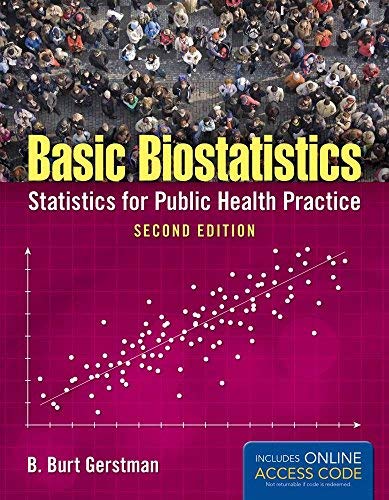contains data from a historically important study of water fluoridation and dental caries in 21 North American
Question:
contains data from a historically important study of water fluoridation and dental caries in 21 North American cities.
(a) Construct a scatterplot of FLUORIDE and CARIES. Discuss the plot.
Are there any outliers? Is the relationship linear? If the relationship is not linear, what type of relation is evident? Would linear regression be warranted under these circumstances?
(b) Although a single straight line does not fit these data, we may build a valid linear model by reexpressing the data through a mathematical transformation. Apply logarithmic transforms
(base
e) to both FLUORIDE and CARIES. Create a new plot with the transformed data. Discuss the results.
(c) Calculate the coefficients for a least square regression line for the ln–ln transformed data. Interpret the slope estimate.
(d) Calculate r 2
for ln–ln transformed data. Interpret the result.
Step by Step Answer:

Basic Biostatistics Statistics For Public Health Practice
ISBN: 9781284067583
2nd Edition
Authors: B.Burt Gerstman





